Surfing the Web last fall, a Chinese high-school student who calls himself Zivn noticed something missing. It was Wikipedia, an online encyclopedia that accepts contributions or edits from users, and that he himself had contributed to.
The Chinese government, in October, had added Wikipedia to a list of Web sites and phrases it blocks from Internet users’ access. For Zivn, trying to surf this and many other Web sites, including the BBC’s Chinese-language news service, brought just an error message. But the 17-year-old had had a taste of that wealth of information and wanted more. "There were so many lies among the facts, and I could not find where the truth is," he writes in an instant-message interview.
Then some friends told him where to find Freegate, a tiny software program that thwarts the Chinese government’s vast system to limit what its citizens see. Freegate — by connecting computers inside of China to servers in the U.S. — allows Zivn and others to keep reading and writing to Wikipedia and countless other sites.
Behind Freegate is a North Carolina-based Chinese hacker named Bill Xia. He calls it his red pill, a reference to the drug in the "Matrix" movies that vaulted unconscious captives of a totalitarian regime into the real world. Mr. Xia likes to refer to the villainous Agent Smith from the Matrix films, noting that the digital bad guy in sunglasses "guards the Matrix like China’s Public Security Bureau guards the Internet."
. . .
(p. A9) . . . , with each new version of Freegate — now on its sixth release — the censors "just keep improving and adding more manpower to monitor what we have been doing," Mr. Xia says. In turn, he and volunteer programmers keep tweaking Freegate.
At first, the software would automatically change its Internet Protocol address — a sort of phone number for a Web site — faster than China could block it. That worked until September 2002, when China blocked Freegate’s domain name, not just its number, in the Internet phone book.
More than three years later, Mr. Xia is still amazed by the bold move, calling it a "hijacking." Ultimately he prevailed, however, through a solution he won’t identify for fear of being shut down for good.
Confident in that solution, Mr. Xia continues to send out his red pill, and users like Zivn continue to take it. The teen credits his cultural and political perspective to a "generation gap" that has come of having access to more information. "I am just gradually getting used to the truth about the real world," he writes.
For the full story, see:
Geoffrey A. Fowler. "Chinese Internet Censors Face ‘Hacktivists’ in U.S." The Wall Street Journal (Monday, February 13, 2006): A1 & A9.


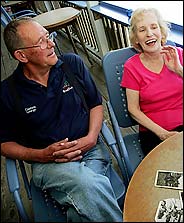 The Johnson twins who were displayed, and whose lives were saved, by Dr. Couney. Source of photo: online version of NYT article cited above.
The Johnson twins who were displayed, and whose lives were saved, by Dr. Couney. Source of photo: online version of NYT article cited above.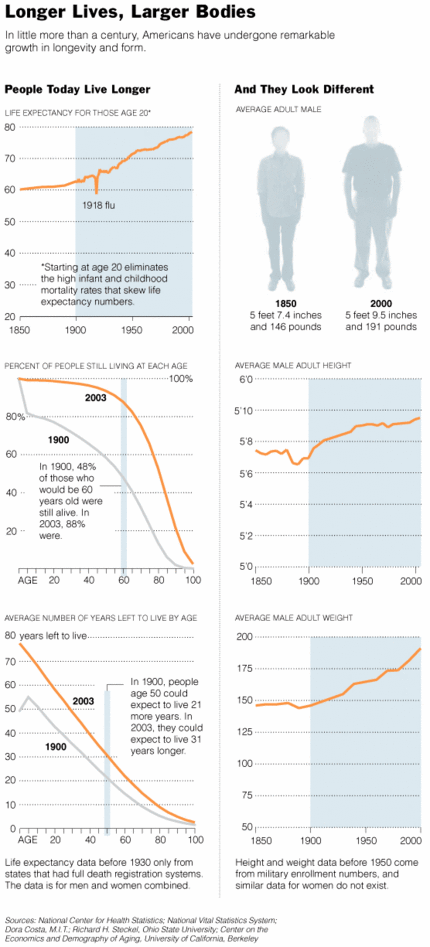

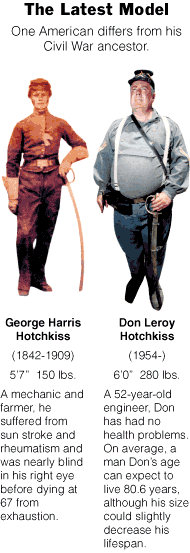
 Source of graphic: online version of the NYT article cited above. Source of book image:
Source of graphic: online version of the NYT article cited above. Source of book image: 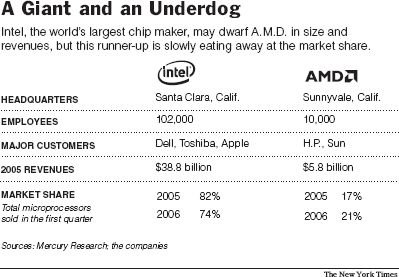
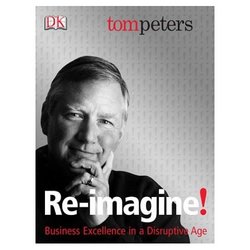

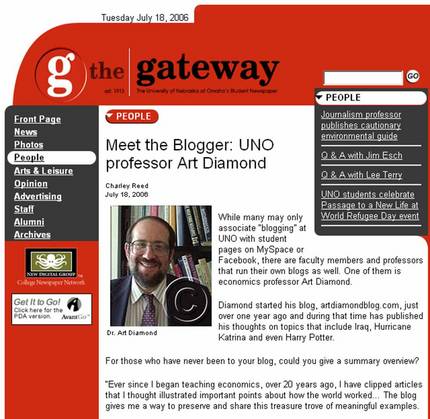
 Source of book image: the WSJ review cited below.
Source of book image: the WSJ review cited below.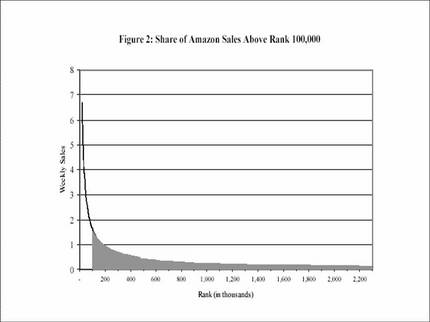

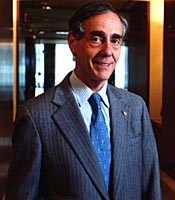 George B. Kaiser. Source of photo:
George B. Kaiser. Source of photo: